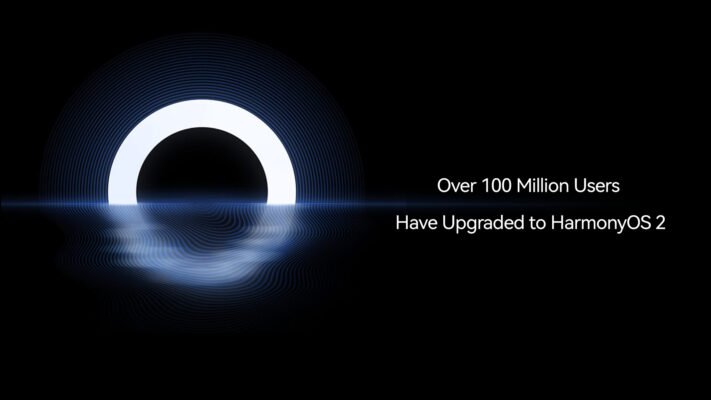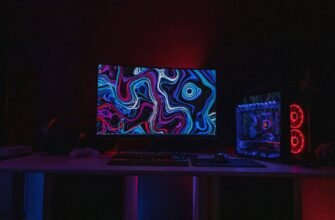This week, Huawei presented new products for the smart office — the Huawei MateBook 13s and MateBook 14s laptops, the Huawei MateStation X desktop PC, the Huawei MateView GT 27 monitor, and the Huawei PixLab X1 printer. The company also announced that the number of users who have updated their devices to HarmonyOS 2 has increased to 100 million people.
"These are extremely important results. And we are grateful to our customers and partners for their support, - said Richard Yu, Executive Director and CEO of Huawei Consumer Business Group. - HarmonyOS provides easier connection, excellent user experience and support for more convenient services when interacting with multiple devices in different usage scenarios. At the same time, HarmonyOS will become the basic operating system in the era of the Internet of Everything. Huawei is working with partners to build a reliable open source intelligent ecosystem for the mutual success of all parties.”
On June 2, 2021, the HarmonyOS 2 update was officially released for more than 100 devices, including smartphones and tablets. Since then, the operating system has been installed a record number of times. Within a week of its launch, it was installed by 10 million users, and as of July 8, the user base of HarmonyOS 2 reached 30 million people. In September, after 3 months from the moment of launch, HarmonyOS 2 was already installed by more than 100 million users. This is an industry record for installing a mobile operating system in such a short period of time.
HarmonyOS is the leading operating system for smart devices. It allows you to connect different types of devices and ensures smooth interaction between them. You can connect and use different gadgets by simply dragging the device icon on the control panel.
Users can customize and personalize their home screen with widgets of different sizes. These widgets also allow you to automatically connect to various services, including news and calendar, without opening the corresponding applications. HarmonyOS 2 has improved performance, providing users with long gaming sessions and the ability to quickly return to a specific moment of the game after browsing other applications. These new functions provide simple and reliable interaction between devices in the era of the ubiquitous Internet, which is in line with Huawei's Seamless AI Life strategy.
The company also introduced new products, including the Huawei PixLab X1 printer based on HarmonyOS. It is an important element of Huawei's smart office product series, supporting leading printing technology. Users can connect the printer to Huawei devices in pop-up windows via Bluetooth, including smartphones, tablets or PCs. Connection takes only 20 seconds. PixLab X1 provides a simple and efficient printing experience and supports the intelligent Tap to Print wireless printing function.
During the development of HarmonyOS 2, Huawei has made significant contributions to research and development to meet the various needs of users. Thanks to this, the company was able to adapt the operating system to almost 100 different gadgets one quarter ahead of schedule. This will allow even more older Huawei device models to support innovative features and provide a better user experience with HarmonyOS 2.
HarmonyOS has gained popularity not only among users, but also among developers and partners who join the Huawei ecosystem. Currently, the number of HarmonyOS developers is 1,3 million, which is 10 times more than last year. More than 1 hardware vendors, including Midea and Joyoung, use HarmonyOS Connect. This allows for a more convenient user experience, easier connection and interaction between devices, as well as applying widgets and sharing hardware capabilities. Leading platforms including JD.com, Youku, and Sina News have developed convenient and accessible applications based on HarmonyOS with high user retention and engagement.
Huawei will continue to develop the open-source OpenHarmony project to improve and grow the system. This will allow developers from various fields to create new generation operating systems based on OpenHarmony, which will contribute to the further digitalization and intellectualization of industries.




